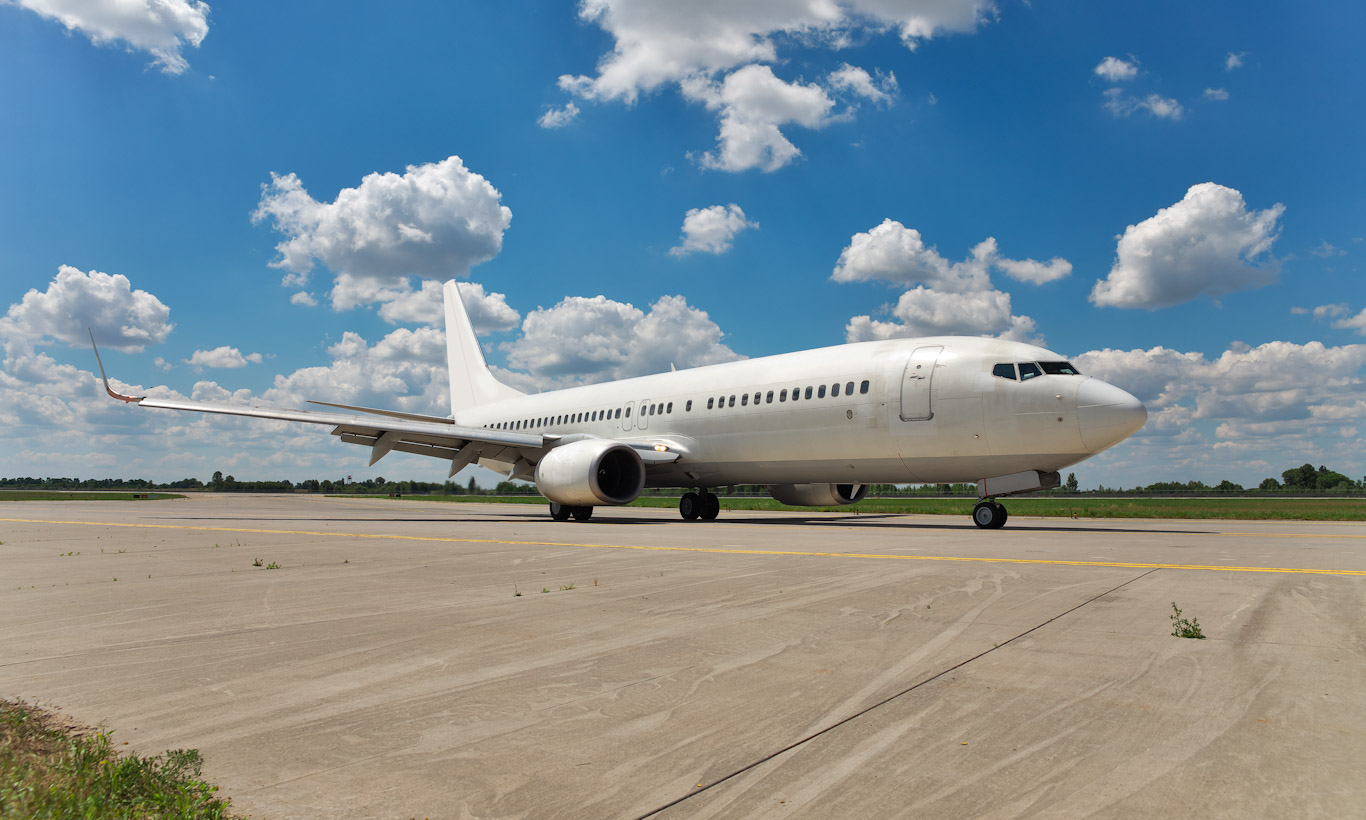In 2023, the Commercial Aircraft Video Surveillance Systems Market is anticipated to be worth US $178.59 million. The market has expanded quickly in recent years, and this expansion is projected to persist over the forecast period. As a result, this market is anticipated to generate US$ 299.32 million globally by 2033, representing a CAGR of 5.3% from 2023 to 2033.
Commercial aircraft video surveillance systems are technologically advanced monitoring tools used to monitor an aircraft's exterior, interior, and security operations. They are made up of transmission, control, and display systems, as well as cameras, control panels, and cabin architecture. They are often utilized for a variety of tasks, including passenger safety, cockpit monitoring, aircraft refueling, cabin observation, and ground support operations.
During take-offs and landings, commercial aviation video surveillance systems are utilized to provide live footage of aircraft activity. These solutions help with situation awareness, better flight management, and incident recording for proof, productivity boosts, and cost-effectiveness. They are so often utilized in business jets, wide-body aircraft, and narrow-body aircraft.
A good picture of the market is being created by the rise in terrorist threats and assaults, as well as the rise in significant unlawful activities worldwide. The detection of terrorist activities and air-rage incidents using commercial airplane video surveillance systems is common, which helps inflight management. Hence, the market expansion is being aided by the broad product acceptance brought on by the rise in air travel passengers and the demand for travel security solutions.
Every airline operating service is required by international aviation regulatory organizations to equip their aircraft with a video surveillance system. The aircraft video surveillance system must now be tested for functionality as part of the pre-flight inspection that is required by the International Civil Aviation Organization. The need for commercial aircraft video surveillance systems has increased due to the existence of rigorous regulations by regulatory agencies.
Several product advancements, including the release of portable and modern video surveillance systems that are little and discreet for security purposes, are also boosting market expansion. The extensive use of the product in wide-body and big aircraft to start the international commerce of valuable cargo is also contributing to the market's expansion. The market is expected to continue to grow as a result of additional factors, including considerable research and development efforts and the adoption of several government initiatives to improve passenger safety.
Commercial aircraft video surveillance system sales are primarily concentrated in North America. The huge civil aviation business in this region, along with the growing threats from extremist organizations to passenger and cargo planes, has led to an increase in demand for commercial aircraft video surveillance systems in the aviation industry there.
Key Takeaways
- The market in the United States has grown significantly and is expected to register a 3.9% CAGR until 2033.
- The market in China is expected to register a CAGR of 6.4% over the forecast period.
- The market in the United Kingdom is anticipated to record a CAGR of 4% through 2033.
- With a CAGR of 9.3% over the forecast period, India is predicted to grow rapidly in the market.
- The market in Germany is anticipated register a 3.1% CAGR through 2033.
Competitive Landscape
The top manufacturers of the commercial aviation video surveillance systems market are Securaplane Technologies Inc. (Meggitt PLC), UTC Aerospace System, Airbus, AD Aerospace, Global Airworks, Inc., Latecoere Group, Navarro AB, Orbit Technologies Ltd, CABIN AVIONICS LIMITED, Kappa Optronic GmbH, and others.
To improve the safety and security of passengers and crew, manufacturers in the commercial aircraft video surveillance systems market are concentrating on creating modern camera systems with greater resolution and powerful analytics capabilities. Moreover, they are fusing these systems with other onboard technology to boost the overall performance and operational effectiveness of the aircraft.
To address the rising need for video surveillance systems in the aviation industry, manufacturers are also developing their global footprint through partnerships and collaborations with airlines and aviation service providers.
Recent Developments
Honeywell International Inc. announced the introduction of its new UV Treatment System for Aircraft in December 2020. This technology, which might be utilized in combination with Honeywell's surveillance systems, employs UV light to disinfect airplane cabins.
A renowned provider of in-flight entertainment and communication systems, Panasonic Avionics Corporation, announced the introduction of its new NEXT In-Flight Entertainment and Connectivity (IFEC) platform in June 2020. High-definition video, tailored content recommendations and enhanced connection are just a few of the benefits that this platform offers to improve the traveler experience.



